Description for Pharma Tamoxifen
Tamoxifen is a medication that is widely used in the treatment of breast cancer. It belongs to a class of drugs known as selective estrogen receptor modulators (SERMs). Tamoxifen works by blocking the effects of estrogen in the breast tissue, thus inhibiting the growth of estrogen-dependent cancer cells.
Breast cancer is often hormone receptor positive, meaning it is fueled by estrogen. Tamoxifen helps to counteract this by binding to estrogen receptors on cancer cells and preventing estrogen from binding to these receptors. This action reduces the stimulation of cancer cell growth and division, ultimately leading to the suppression of tumor growth.
Aside from its use in breast cancer treatment, Tamoxifen is also used for the prevention of breast cancer in women at high risk. It has been shown to reduce the incidence of both invasive and non-invasive breast cancer in such cases.
Tamoxifen is usually taken orally in the form of a tablet, typically once or twice daily. The dosage may vary depending on the specific condition being treated and the individual patient. It is important to follow the prescribed dosage and schedule provided by the healthcare provider.
Like any medication, Tamoxifen can have potential side effects. Common side effects may include hot flashes, night sweats, vaginal dryness, irregular menstrual periods, and mood changes. Some women may also experience more serious side effects such as blood clots, stroke, or uterine cancer, although these are relatively rare.
Before starting Tamoxifen, it is crucial to inform your healthcare provider about any pre-existing medical conditions or medications you are currently taking, as they may interact with Tamoxifen. Additionally, women who are pregnant or planning to become pregnant should not take Tamoxifen, as it can harm the developing fetus.
Regular follow-up visits and monitoring are important while taking Tamoxifen. This may include routine breast exams, mammograms, and gynecological evaluations to detect any potential complications or changes in the breast tissue.
In conclusion, Tamoxifen is a widely used medication for the treatment and prevention of breast cancer. It is an effective option for hormone receptor-positive breast cancer and has been beneficial in reducing the risk of developing breast cancer in high-risk individuals. However, it is important to discuss the potential benefits and risks with your healthcare provider before starting Tamoxifen.
Shipping Cost
On all orders is set at $25.00
Secure checkout
Protected by Bitcoin
Offer & gift here
On all huge orders

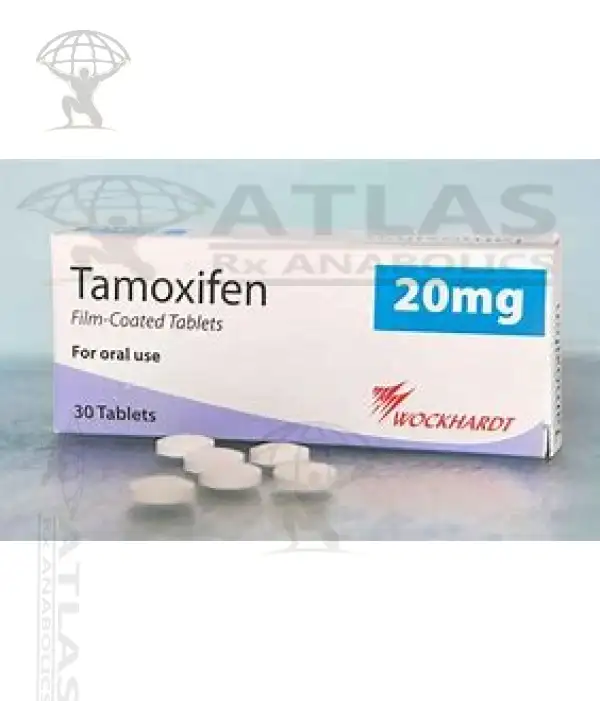
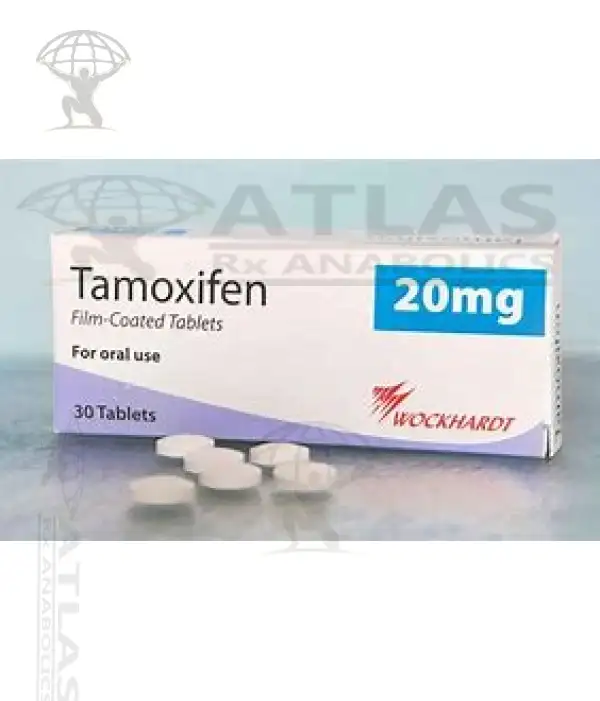

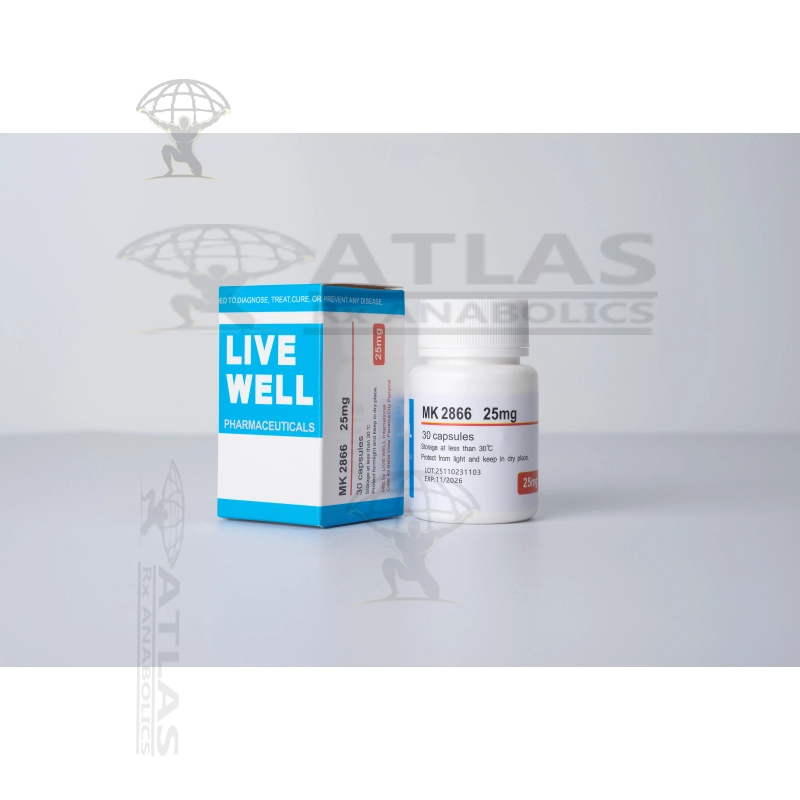
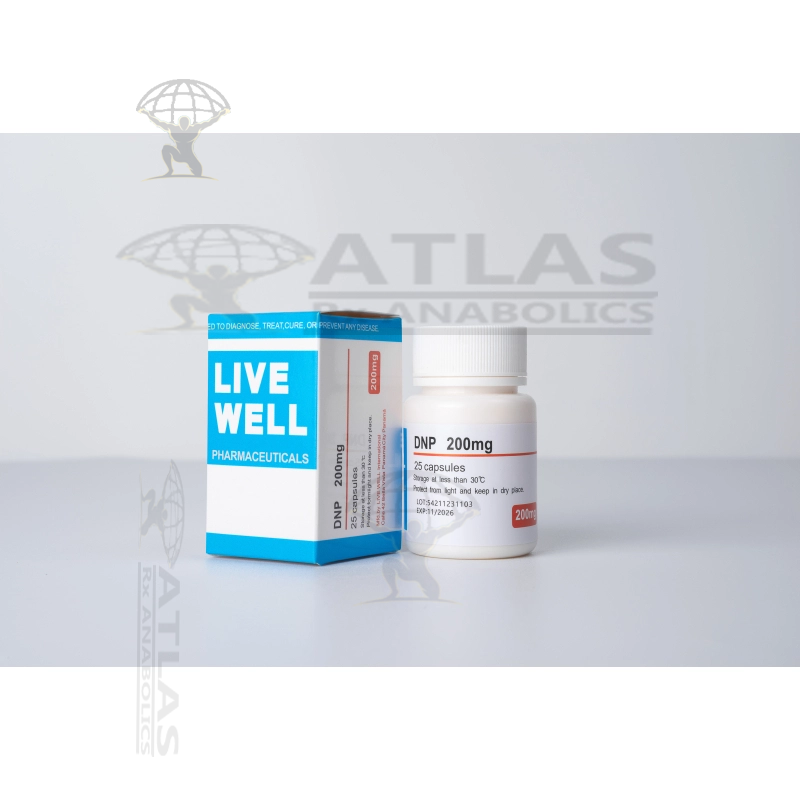
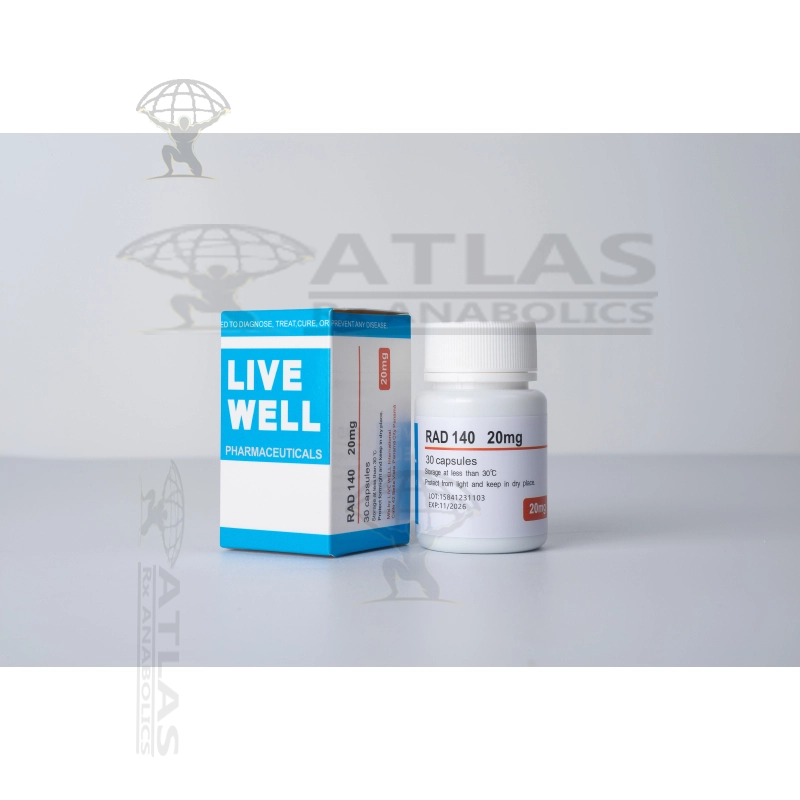


Christopher Richardson
I am thoroughly impressed with this product. It is versatile, efficient, and worth every penny.